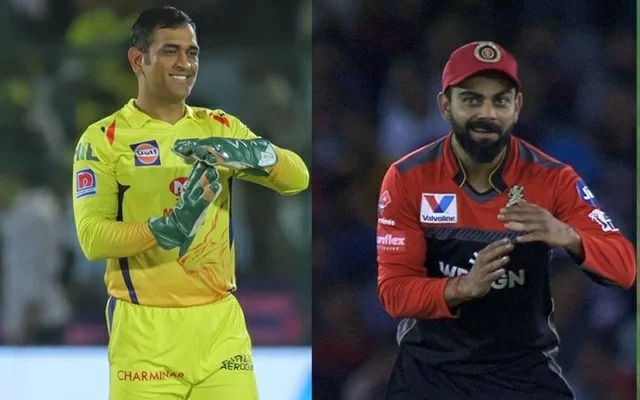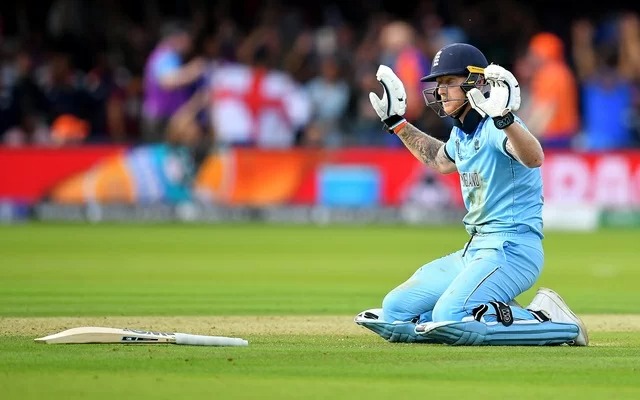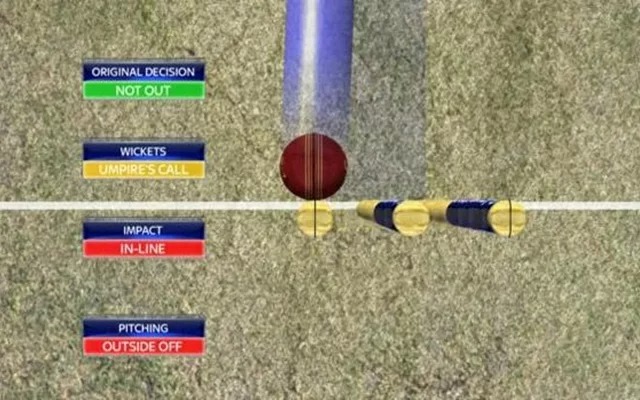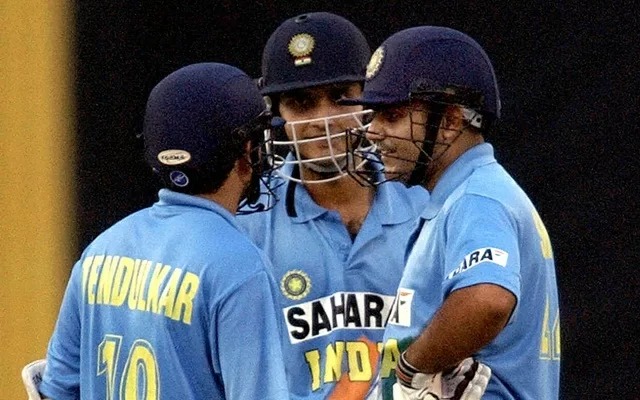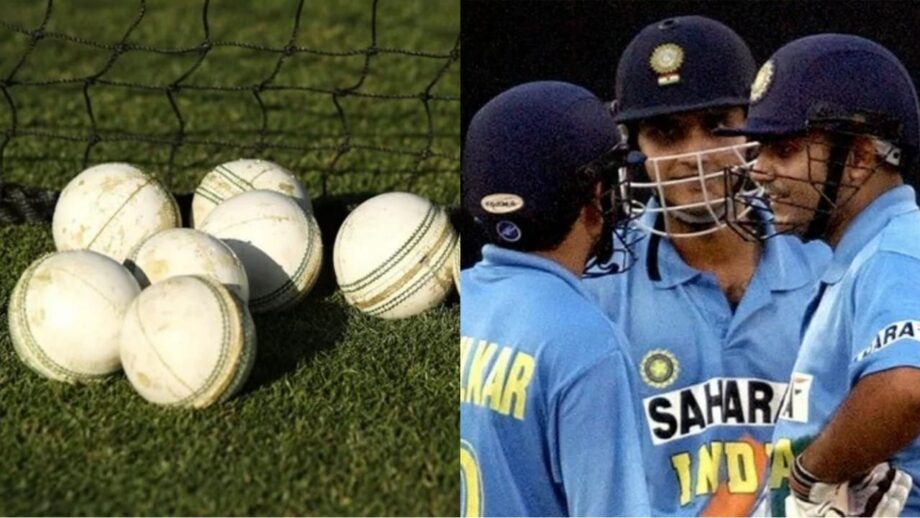Rules are taken extremely seriously in any sport. No player is above the rules, and even if it seems reasonable to give a player an advantage in a certain scenario, laws should always come first. However, there are several regulations that may not be equally fair to both sides in a given match.
For example, at the 2019 ICC Cricket World Cup final, we saw something extraordinary. New Zealand, who tied the match and then the super over with England, was not declared the winner or joint winner, since the rule states that in such a case, the side with the most boundaries in the match is given the match. Following much criticism, the International Cricket Council (ICC) repealed the regulation and replaced it with a new one that stated that sides would continue to play extra overs until a suitable winner was found.
1. Dead-ball rule of DRS
This circumstance has yet to arise in international cricket, although it might happen at any time. The DRS rule states that if a batsman is pronounced out and then goes for a single and completes the run while the umpire is calling it, that one run will not be credited. This appears to be reasonable, but what if the batter was not out but later decided to appeal the decision? If he appeals the judgment and the third umpire rules in his favor, the one run he just missed will not be counted. So basically, every time the third umpire overruled a decision, the batsman loses an opportunity of sneaking a quick run.
2. The premise of the umpire’s call
Staying on the subject of DRS, there is one additional point that has been disputed for a long time. The DRS was developed to decrease umpire howlers, but because of its umpire’s call idea, it has become difficult for viewers. The regulation states that the ball must strike the stumps in such a way that more than half of the seam of the ball is parallel to the stumps (for all three- pitching, impact, and the ending position of the ball). If the ball ultimately hits the stumps but does not cover more than half of the seam, the result is called an umpire’s call. In this situation, the umpire’s decision was correct.
3. After striking the bat, overthrow
This regulation, it may be said, lost New Zealand the World Cup. In the 2019 ICC Cricket World Cup final, England needed nine runs from three deliveries to win. Ben Stokes smashed the ball towards the deep mid-wicket area. He scored two runs, but as Martin Guptill threw the ball back to the keeper, it struck Ben Stokes’ bat, who was attempting a slide to avoid being run out. The ball hit his bat as he was slipping into the crease, only to deflect it to the boundary.
4. There will be no runners
Virender Sehwag scored 175 runs against Bangladesh in the opening match of the 2011 ICC Cricket World Cup. If you go back and watch that knock again, you could notice something you don’t understand. Gautam Gambhir would be on the field at the conclusion of the innings, sprinting for Sehwag as the dashing opener limped away. In the match, Gambhir was serving as a runner for his colleague Sehwag, who was having difficulty running. Back in the day, this was a big deal. Batsmen were permitted to use a runner if they were unable to run between the wickets. However, a few months after Sehwag’s 175, in October 2011, the rule was scrapped by ICC.
5. In one-day internationals, two fresh balls are used on each end.
Following the 2015 World Cup, the International Cricket Council (ICC) issued a new ball regulation. Two separate fresh balls were used from each end in an ODI match. Previously, after 34 overs, a second new ball would be put into the game, which would be used for the final 16 overs of the innings
